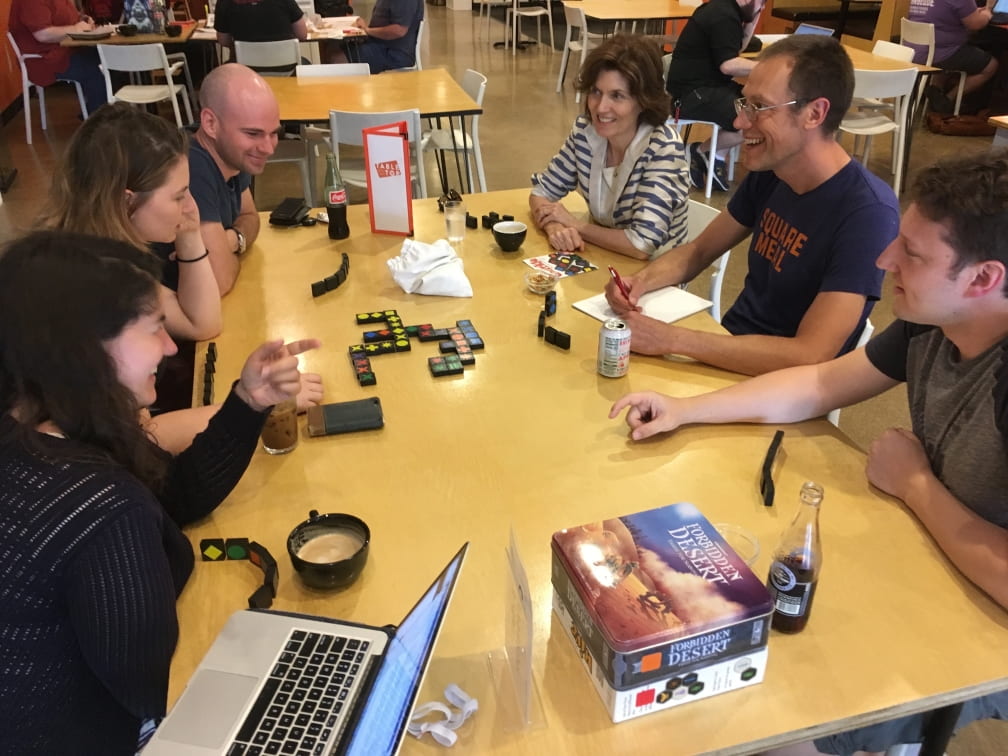
Hi, I’m Lawrence and I’ve recently joined the ASOM team as a post-doctoral researcher within the Department of Evolution, Ecology and Organismal Biology. I am joining the team to assist with the agent-based modelling – specifically to inform a model of the present-day pastoral system.
I have been conducting research in Dhofar for a few years. Initially, I was involved in research expeditions to study the biodiversity in a wadi system in western Dhofar. Our Anglo-Omani team worked their socks off and were rewarded with this stunning footage of several large mammal species including the critically endangered Arabian leopard. Read about the expeditions here.
For my MSc and PhD my research addressed the issue of overstocking of camels, cattle and goats – the impacts of which are apparent throughout Dhofar. More specifically, I looked at the socio-ecological system driving overstocking, and its impacts on the drought deciduous cloud forest habitat.
It’s great to be surrounded by so many enthusiastic individuals involved in research in Dhofar, and I look forward to my time here at OSU (provided Arctic blasts are limited to one per year, brrr).



